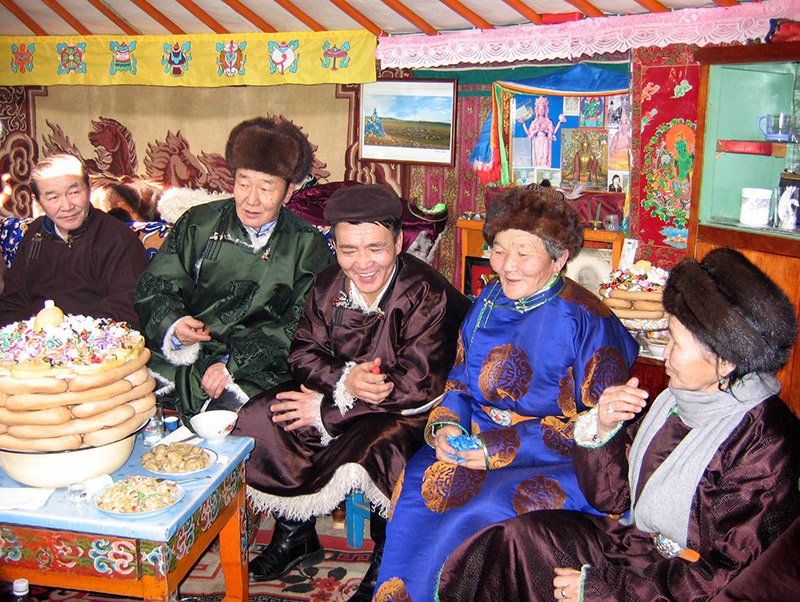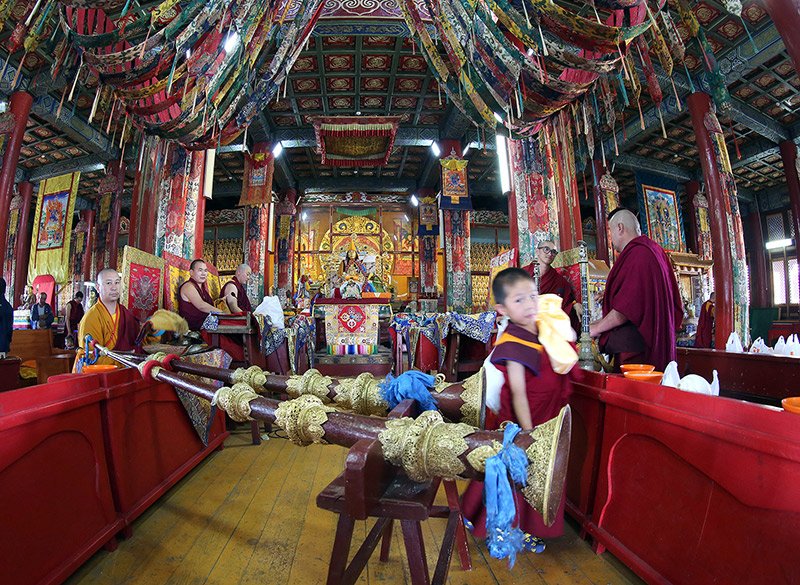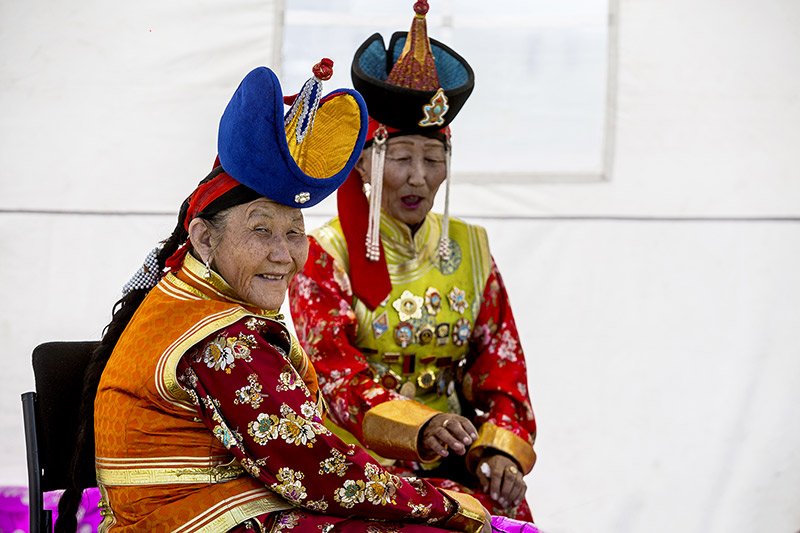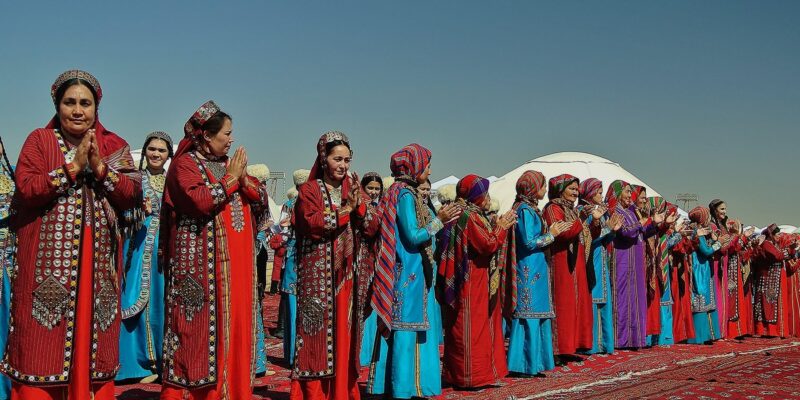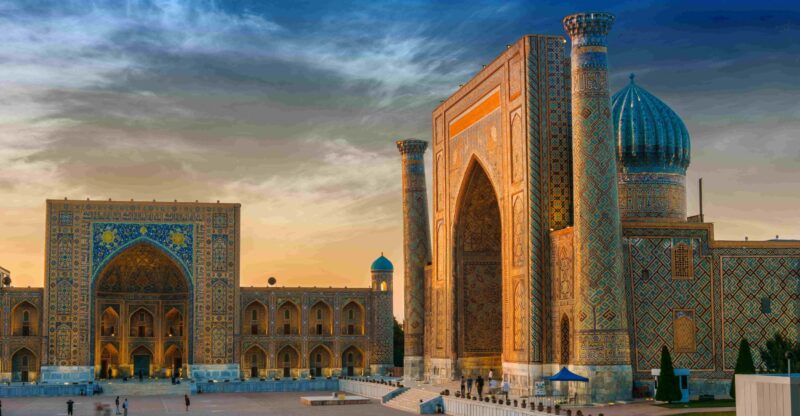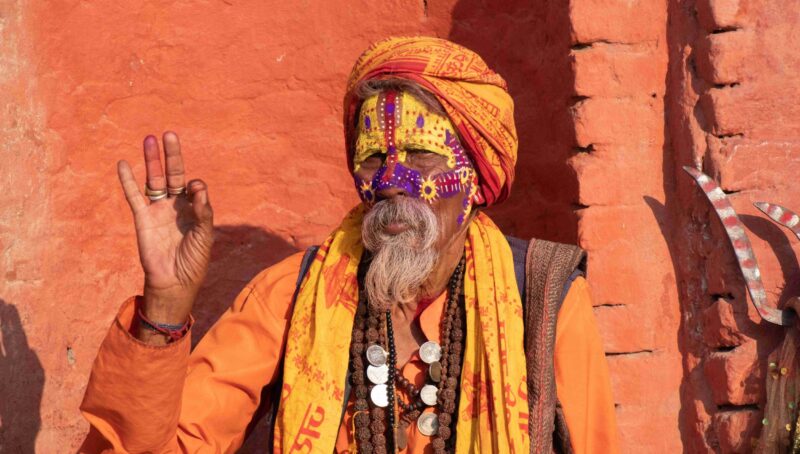| Tour Code | Start | End | Trip Status | Pricing Per person |
|---|---|---|---|---|
| MGK/010726 |
Jul 01, 2026
Wednesday |
Jul 14, 2026
Tuesday |
Guaranteed |
£3,045.00
Single Room Supplement: £400.00 |
| MGK/300627 |
Jun 30, 2027
Wednesday |
Jul 13, 2027
Tuesday |
Guaranteed |
£3,045.00
Single Room Supplement: £400.00 |
Naadam Festival
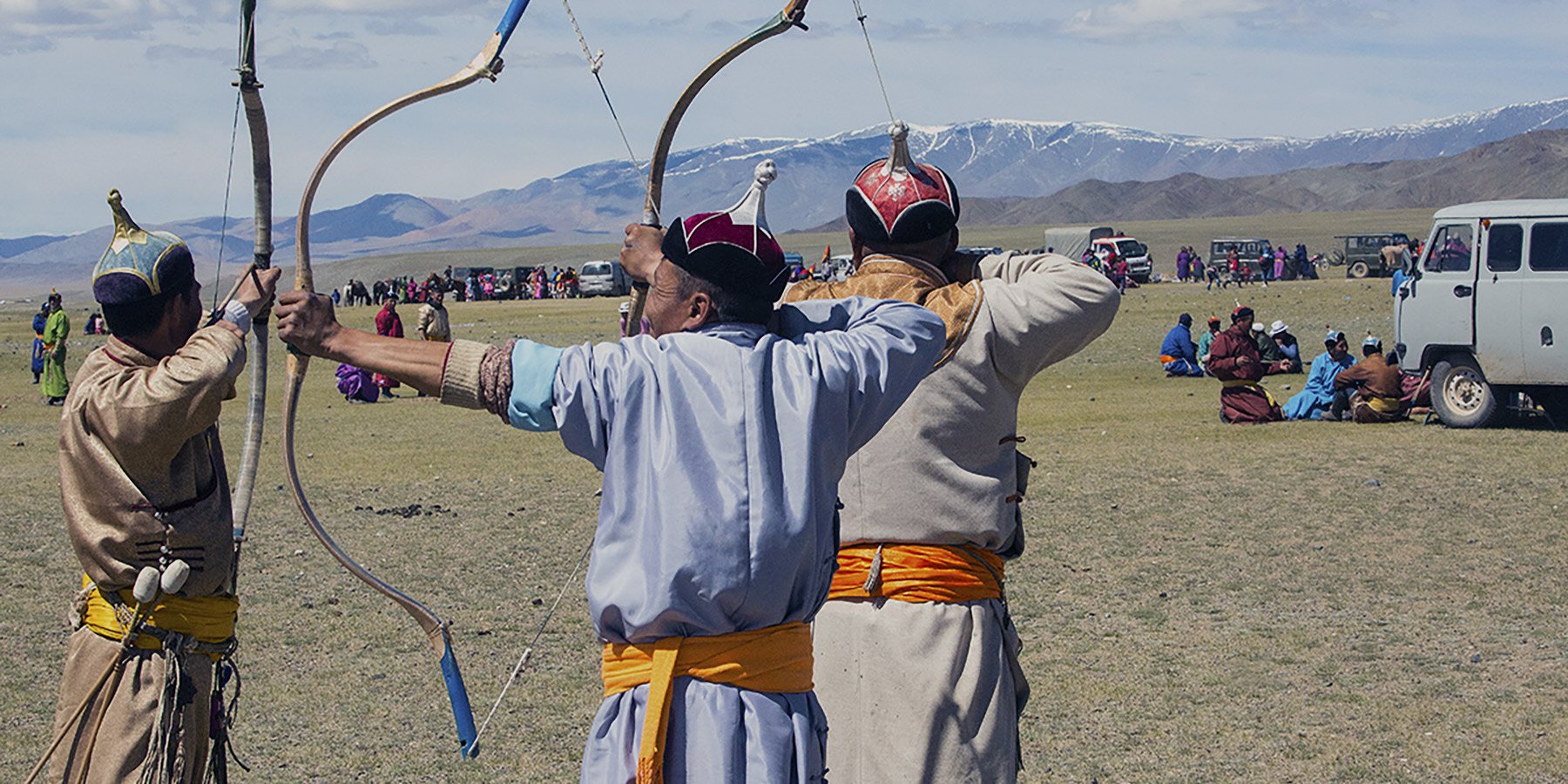
Ask travellers why they want to visit Mongolia and often you will be told that it is to experience the world famous Naadam Festival which takes place every July. Indeed, it is an incredible festival and an excellent time to visit the country. But rather than enjoying Naadam in Ulaan Baatar, which can be overcrowded and touristy, we will travel instead to the countryside where the real flavour of this epic event can be experienced and enjoyed with the local people. On this tour we will visit the cultural city of Ulaan Baatar before travelling south to the Gobi. Head to the Khongor sand dunes, the tallest dunes in Mongolia before discovering the flaming cliffs of Bayanzag, where dinosaur eggs were found in 1922 by Roy Chapman Andrews. Make our way north to the Ongi Monastery before heading to the town of Arvaikheer located on the northern edge of the Gobi Desert. Here you will experience an authentic Naadam Festival, away from the crowds. Finally, your adventure ends with a visit to Hustai National Park which is home to the only truly wild horses on earth, the Takhi horse.
Arrival and departure transfers
Overland transport throughout with professional driver
All accommodation
Services of English-speaking guide / tour leader
Meals as listed, B – Breakfast, L – Lunch, D – Dinner
Entrance fees for sites listed as part of the itinerary
International flights (, contact , us, for expert advice and a quote)
Any airport taxes
Travel Insurance
Visa – when required
Drinks
Items of personal nature
Tips (Discretionary)
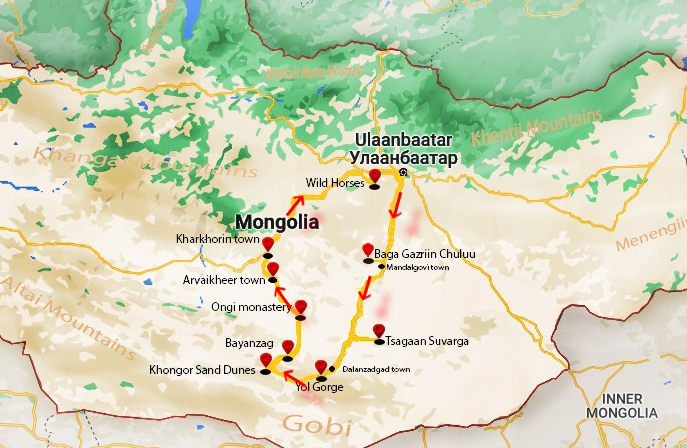
The “Mongolia – Naadam Festival” tour by Undiscovered Destinations is a 14-day journey through Mongolia’s cultural and natural highlights. Starting in Ulaanbaatar, it ventures into the Gobi Desert to explore Baga Gazriin Chuluu, Tsagaan Suvarga, Yol Gorge, the Khongor Sand Dunes, and the fossil-rich Flaming Cliffs of Bayanzag, with opportunities for hiking and camel rides. A key highlight is the Naadam Festival in Arvaikheer, showcasing Mongolia’s traditional sports of wrestling, horse racing, and archery. The tour ends at Hustai National Park, home to the rare Przewalski’s horse, with stays in traditional ger camps offering insight into nomadic life.
Naadam Festival in Arvaikheer
Witness Mongolia’s most celebrated event with traditional wrestling, horse racing, and archery in an authentic regional setting.
Khongor Sand Dunes
Marvel at the ‘singing dunes’ of the Gobi Desert and ride camels across this vast, otherworldly landscape.
Flaming Cliffs of Bayanzag
Explore the iconic red sandstone cliffs where dinosaur fossils were famously discovered in the early 20th century.
Hustai National Park
Spot the endangered Przewalski’s horse in the wild and enjoy the serene steppe scenery of this protected area.
Traditional Ger Camp Stays
Immerse yourself in the nomadic lifestyle with overnight stays in traditional Mongolian yurts under star-filled skies.
Download the Information Pack
To download the tour full dossier, which includes a complete day-by-day itinerary breakdown and detailed tour information, fill in the details below.

Foreign Office Travel Warnings Before booking your tour, please familiarise yourself with the country specific information provided by the UK’s Foreign, Commonwealth and Development Office (FCDO) – www.gov.uk/foreign-travel-advice. This includes important information such as latest immigration requirements, and details of any travel advisories. We constantly monitor the advice posted by the FCDO. In particular we will always advise clients of any travel warnings. At present there are no warnings against travel to the parts of Mongolia we visit on this tour. Please feel free to contact us should you have any specific concerns or would like to know in detail what measures are being taken to ensure visits remain trouble free and without incident. It should be noted that this information applies to British citizens. Other nationals are asked to check the current position of their respective government. Visa Information At the time of writing British and Australian nationals require a visa for a tourist visit to Mongolia. For further details please visit the applicable website shown below. British Nationals – www.gov.uk/foreign-travel-advice US Nationals – travel.state.gov/content/travel/en/international-travel.html Australian Nationals – www.smartraveller.gov.au Other nationals should check the latest requirements with the authorities in their home country, or with the destination’s nearest embassy or consulate. Should you require any documentation to support a visa application, such as a letter of invitation, upon request this will be provided by Undiscovered Destinations after receipt of your balance payment. As it is the travellers’ responsibility to ensure that they meet all entry requirements it is essential that you check the rules and any other conditions at the time of booking and again when making your balance payment. In addition, we would strongly advise that you make a final check around two weeks before your arrival. This is important as requirements can change at short notice. Undiscovered Destinations, when possible, will provide guidance about entry rules, but in the first instance please contact the relevant authorities, including the applicable embassy or consulate for assistance. Passports It is your responsibility to ensure that you are in possession of a full passport, valid for at least six months after the date of return to your country. We strongly advise that your passport contains a minimum of two blank pages, as this may be a requirement of the local immigration authorities. In addition, certain countries will stipulate that the two blank pages are opposite each other. If you are unable to meet these requirements, you may be refused boarding by your airline or denied entry by the immigration authorities. For specific information about the requirements for your destination please check with the country’s embassy or consulate. Alternatively, UK citizens can visit www.gov.uk/foreign-travel-advice. Vaccinations & Protection As with travel to most parts of Asia, we strongly recommend that you contact your doctor’s surgery or a specialist travel clinic for up-to-date information, advice, and the necessary vaccinations. For a visit of less than one month, almost certainly you will be advised to have immunisations against the following: Diphtheria and Tetanus, Hepatitis A, Typhoid, Meningitis. The use of a DEET-containing insect repellent is highly recommended. The legal status and regulation of some medicines prescribed or purchased in your home country can be different in other countries. If you are travelling with prescription or over-the-counter medicine, travellers from the UK can refer to the guidance provided by the National Travel Health Network & Centre and published on the Travel Health Pro website. For further information on the legal status of a specific medicine, you will need to contact the embassy, high commission or consulate of the country or territory that you are travelling to. Travel Insurance It is a condition of booking with Undiscovered Destinations that you have adequate valid travel insurance. It is your responsibility to arrange appropriate travel insurance and ensure you have read and understood the full terms and conditions of your travel insurance policy to ensure that you are covered for all activities you intend to undertake whilst on the tour, including all optional activities. Your Insurance Policy must fully cover you for medical expenses (including cover for Covid-19 conditions) and emergency repatriation to your home country and be valid for the entire duration of your holiday. Local Conditions When travelling to our destinations, many of which are underdeveloped and untouristed by mainstream tourism, a good deal of patience and a sense of humour is an important attribute. This will help you to cope with problems such as ageing or poor infrastructure and when maintenance may not be as high as we would always like. The choice of appropriate accommodation in some towns and cities (particularly the smaller places) can be limited, and standards of both service and maintenance can be less than polished. Guides and other service providers in some of our destinations do not always have the decades of collective practice and experience that their counterparts in more developed countries can draw upon. Although we will always try and resolve any issues as quickly as possible, on occasions there may be some shortcomings which no matter how hard we try will be unavoidable.
